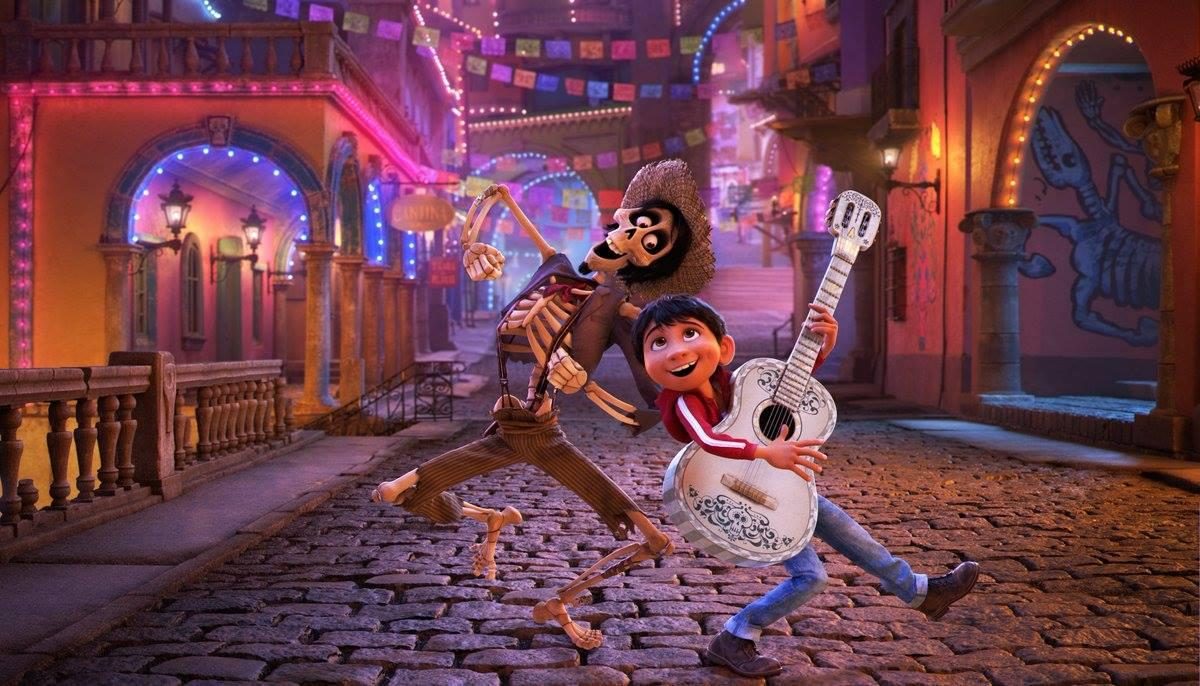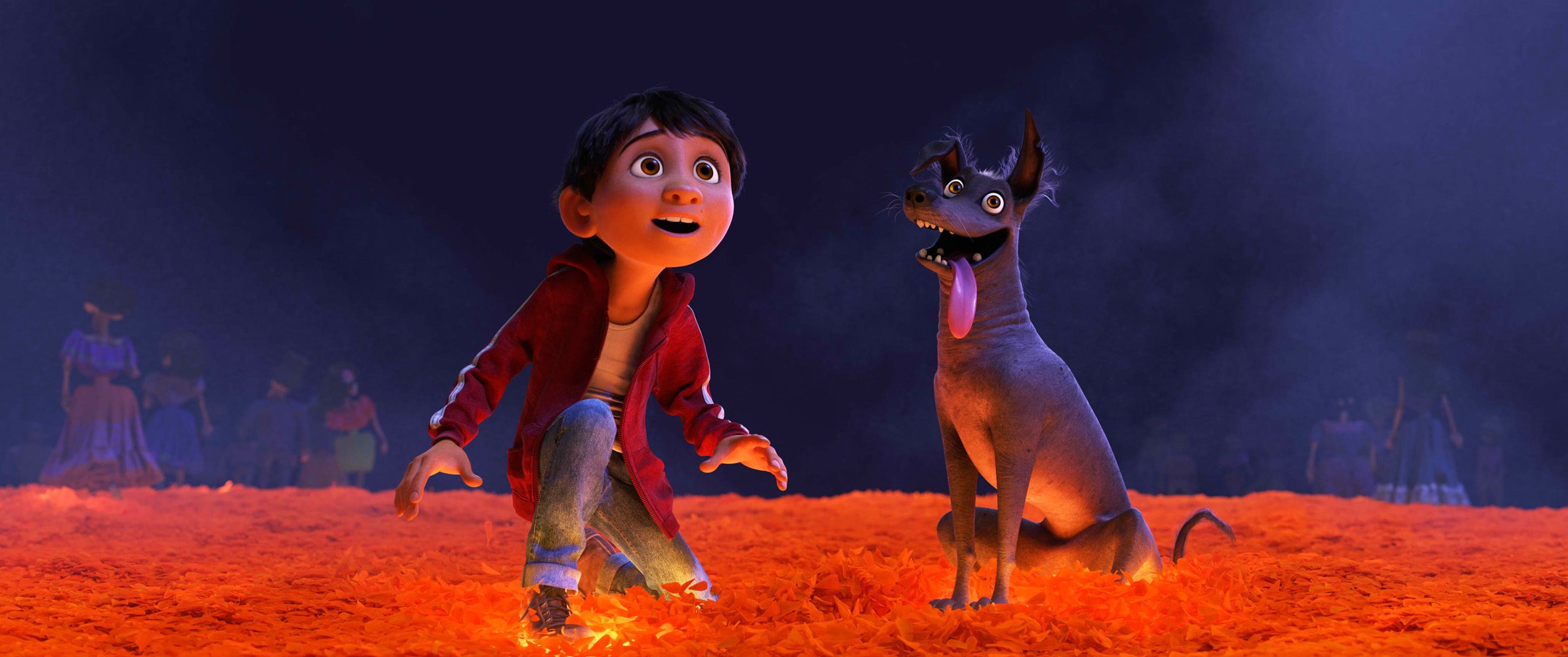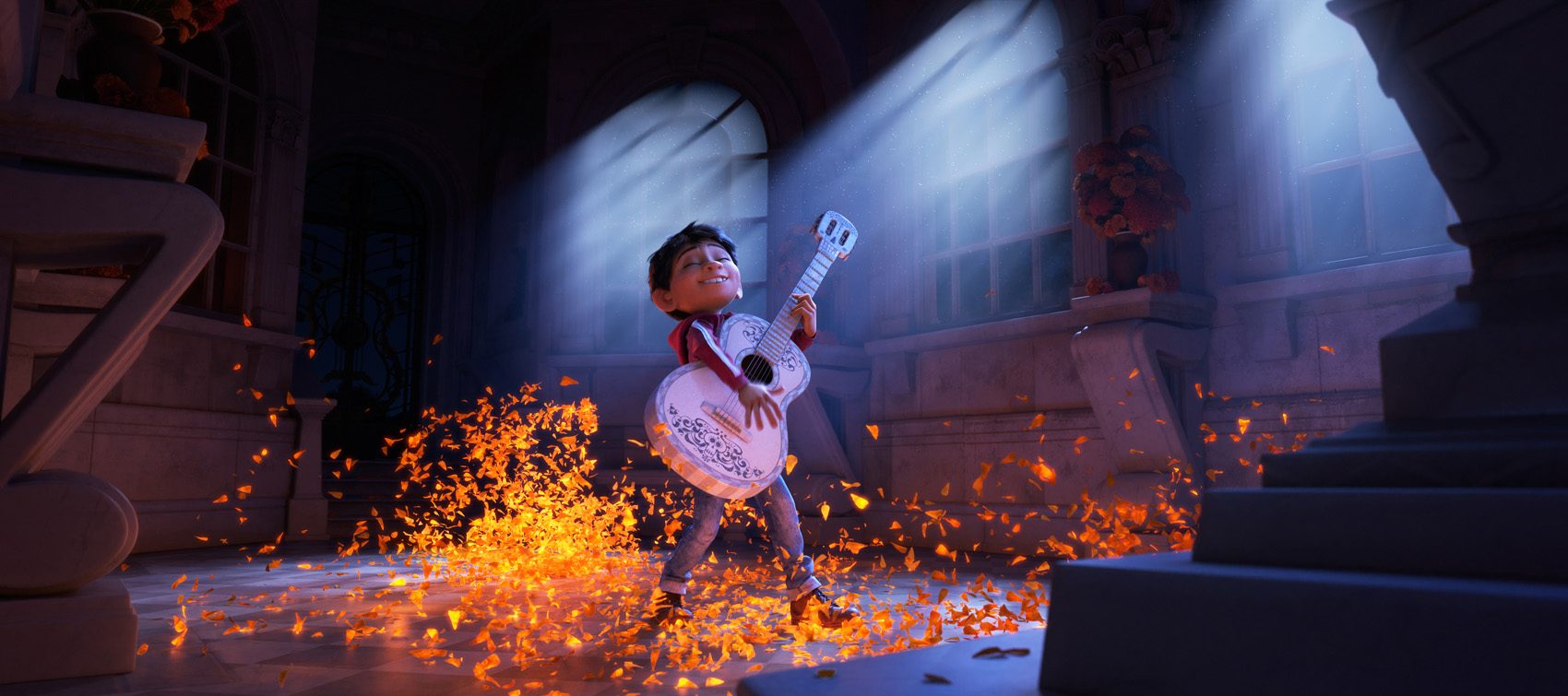SUMMARY
This is AI generated summarization, which may have errors. For context, always refer to the full article.

There really is something deliciously morbid about how Lee Unkrich and Adrian Molina depict the afterlife with such irresistible color and verve, with jovial skeletons seemingly without a care in the world. In comparison, the much repressed attitudes of the living world seem drab and uninviting.
Overflowing with charm
In a way, Coco, the latest offering of Pixar, feels like it is borrowing a page from the Inside Out playbook, whose imagined landscape of a prepubescent’s brain offers out-of-this-world excitement and adventure that the real world full of emotional strife could not. For a studio that is built on innovation in storytelling, Pixar’s latest offerings have been starting to show strains of predictability in the way it wraps its humanizing stories with outrageous conceits that simply wouldn’t work if unaccompanied by inventive visuals.

Hard-earned charm has always been the common denominator of Pixar’s cartoons, and Coco, despite the impression that its foremost novelty has become all too familiar, is just overflowing with it.
The film is about Miguel (Anthony Gonzalez), a boy who finds himself exploring the Land of the Dead in an effort to follow his dreams of becoming a musician despite a family tradition that disallows any kind of music.
Coco is affecting, not only because it is brimming with eye-popping hues and endearing cultural adornments but also because its tale pitting family tradition versus self-actualization is told with utmost intimacy and sincerity.
Precious scenes
There are plenty of precious scenes, such as when Miguel watches clips of his hero, Ernesto de la Cruz (Benjamin Bratt), while all alone in his hideout for fear of being discovered by his strict relatives.

The pleasures of Coco aren’t really reliant on the emotional crests that are anticipated in every Pixar offering, but in those more quiet moments that feel like hugs with their distinct ability to echo very real sentiments.
This isn’t to say that the film’s exorbitant pageantry is unnecessary.
Coco’s thoughtfully constructed world where Mexican culture is refashioned to cater to conventional expectations adds local flavor to the universal tale. There are a lot of ingenious touches that seem to pepper the cartoon with subtexts that are distinct from its apparent emotional pull. Given that Mexico isn’t just a mere setting but also a source of its soul, the film also features issues such as immigration and wealth disparity, resulting in a portrayal of culture that is more rounded, more involved.
Moreover, when the film fumbles while navigating its way toward its stirring conclusion, humor – hinged on clever exaggerations of cultural treasures such as Frida Kahlo – saves the day.
Lovely film

There is not a single frame in the film that fails to elicit any kind of reaction. It is never boring. Whenever the film isn’t laboring to evoke emotions, it dazzles with its glorious visuals or delights with its jokes or charms with its collection of impassioned melodies and upbeat harmonies.
Coco is a lovely film, through and through. – Rappler.com

Francis Joseph Cruz litigates for a living and writes about cinema for fun. The first Filipino movie he saw in the theaters was Carlo J. Caparas’ ‘Tirad Pass.’ Since then, he’s been on a mission to find better memories with Philippine cinema.
Add a comment
How does this make you feel?
There are no comments yet. Add your comment to start the conversation.